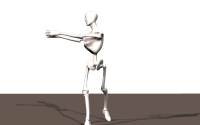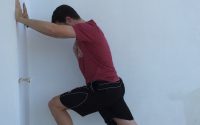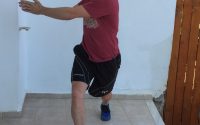Thoracic Mobility
There’s no doubt in my mind that the thoracic spine can be one of the more stubborn areas of the body. It’s so common to see a lack of mobility through the thoracic. It has a decent knock on effect elsewhere, lumbar spine, shoulders, neck, etc. That means that it can be a great place to work when treating those other areas.
However, today is more about the thoracic on it’s own. It was triggered by my own experience actually. I’ve been time trialling on my bike a lot recently and I recently did my first 50 mile TT. Spending this amount of time in the low TT position really highlighted the lack of mobility I have through my thoracic (and maybe my shoulders to be fair!).
This got me thinking about what I’m going to do over the off season to make next years 50TT’s a little less painful. It’s not all about comfort either, it’s important from a performance point of view too…the longer you can stay in a good aerodynamic position the better you’ll do.
It’s hard to assess myself, but my best guess is a fall into a similar pattern to many I’ve seen. The lack of mobility into extension means I pivot a lot at the LT and CT junction when I try and go into extension.
So how am I going to improve it? Well…my strategies involve ignoring extension and working through the other planes. Since I’m not in any pain I think I could be pretty direct in attacking this, but with someone who had pain with extension you might have to be a little more subtle. My progression in that situation might go something like this:
- Thoracic Rotation
- Type II Motion
- Type I Motion
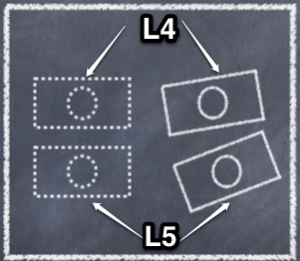
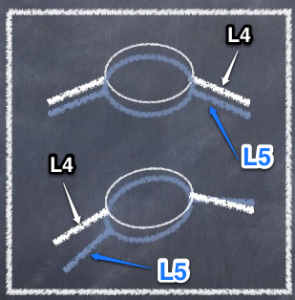
I think rotation is a nice place to start because it’s more than likely not provocative, so you can get lots of movement and in the joints and muscles…it’s great stuff.
I chose thoracic type II next as it tends to move you towards flexion, which will create lots of great movement and should still be comfortable to do. Type II motion is when the spine feels frontal and transverse plane motion in the same direction, for example, left lateral flexion combined with left rotation.
Next I’d move on to type I motion. This is when you have lateral flexion in one direction and rotation in the other. For example, right lateral flexion combined with left rotation. This has a tendency to move the thoracic more into extension.
You can create these motions however you feel is best, but I would tend to drive my motions with arm drivers. It’s a top down driver for the thoracic and works really well. I think I’ll have to get some pictures or videos sorted to demonstrate. However, Have a play with the motions and see how they feel for yourself.
Physioblogger
